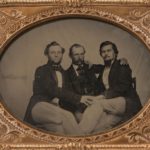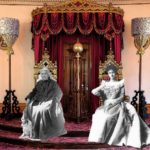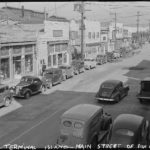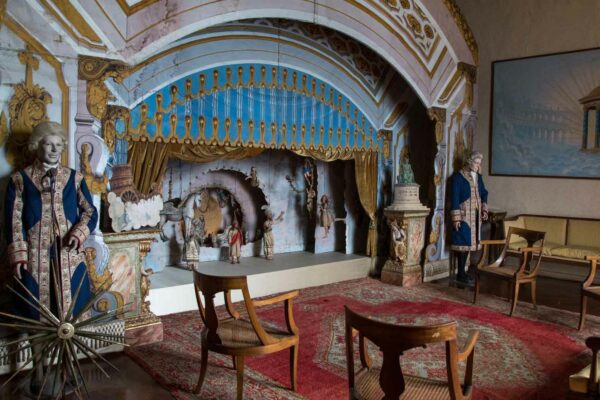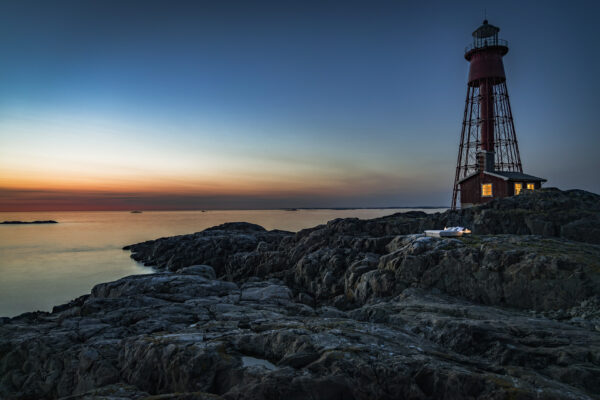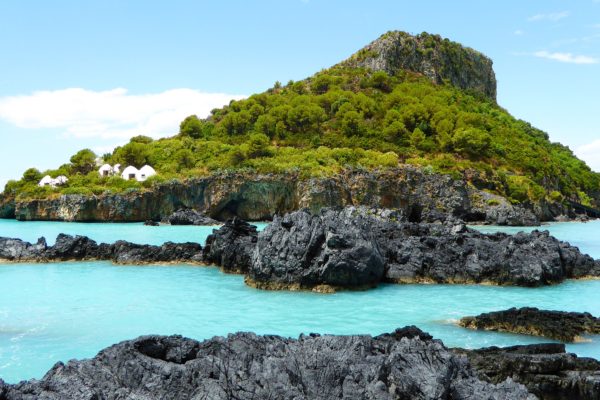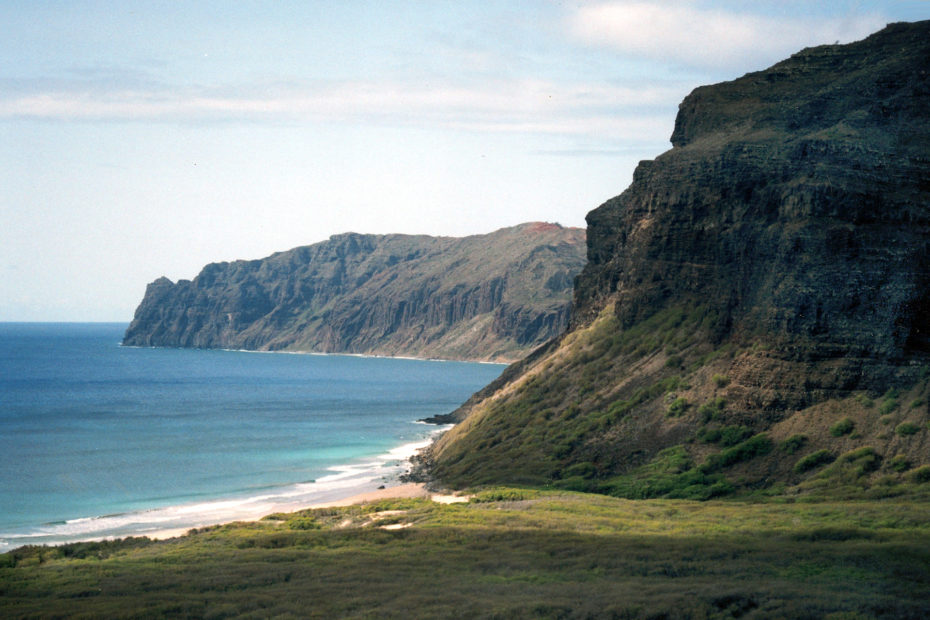
Picture what Hawaii might have looked like before it was colonised; a paradise in the tropics, frozen in time and largely untouched by the trappings of the 21st Century. Welcome to controversial island of Ni‘ihau, also known as “The Forbidden Isle”, depending on who you speak to. Only, you’re not really welcome, unless you’re invited by the Robinson family, or you have government clearance.
Over 150 years ago, Elizabeth McHutcheson Sinclair, a Scottish widow of a sea captain, purchased the island of Ni‘ihau from the Kingdom of Hawaii for $10,000 in gold, plus a grand piano to allegedly seal the deal. In a swooping set of transcontinental treks, from Scotland to New Zealand (where the family were plantation owners), with a slight diversion via Canada, the 63 year-old matriarch and thirteen members of her family set foot ashore a rocky, balmy Hawaiian island on September 17th of 1864. Their modern-day ark, The Bessie, was stocked with everything a family navigating continents and heading for a deserted island could possibly require: a handful of sheep, cows, hay, grain, some chickens, books, clothing and the aforementioned grand piano. Elizabeth Sinclair lead her motley crew of humans and some livestock off The Bessie and declared herself the new owner of Ni‘ihau, vowing that she’d do her damnedest to preserve the native Hawaiian culture and its ancient traditions.
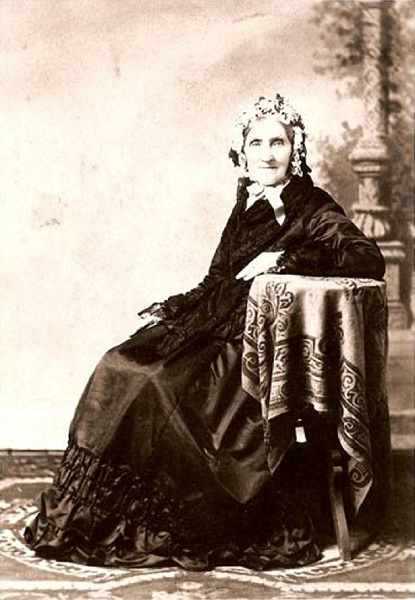
Today, access to the island requires special permission from the family of her great-great grandsons, Keith, 80, and Bruce Robinson, 78, who still own and control the island. Incidentally, Elizabeth’s daughter had married a Charles Robinson, which would eventually make them the third wave of island-dwelling Robinsons, following the famous Robinson Crusoe and The Swiss Family Robinson.
Just a hop across the water from Kawaii, with civilization as-we-know-it thriving on its sister islands, Ni‘ihau has against all the odds, retained its hard-core, bygone charm of Hawaii circa 1864. There are no paved roads, there’a no running water, no indoor plumbing, no shops, no formal medical care or law enforcement and only recently has limited electricity via solar power been introduced. Islanders live together, rent free in one tiny village called Pu‘uwai on the westside of the island.

In 1987, the Robinsons began reluctantly offering half-day helicopter tours of the island at $440 a pop – coincidentally, in the same helicopter that was featured in the original Jurassic Park, which was loaned to the film crew in 1993 as John Hammond’s Ingen Chopper. Initially, the helicopter was purchased by the family for medical emergencies, but the tours were introduced as a means to help pay for it. The fleeting taster-visit lands for a few hours on the island’s pristine northernmost beach, but visitors will have no contact with the village. Communicating with the inhabitants is strictly forbidden.
Ni’ihau boasts some of the wildest and remotest dive sites in the world, home to reek sharks, monk seals and sea turtles. Boating and snorkelling companies have been sneaking tourists within peeking distance of the shores to catch a stolen glimpse of the native Polynesian boar and feral sheep, but setting foot ashore would have hefty legal consequences. Since the early 90s, one-day safaris have provided extra income for the island via tourists who are willing to pay $3000 per head to visit the island and hunt eland, aoudad, and oryx, as well as the wild sheep and boars. There is no hotel of course; safari guests are not invited to stay the night, and contact with residents while on the island is still strictly avoided.
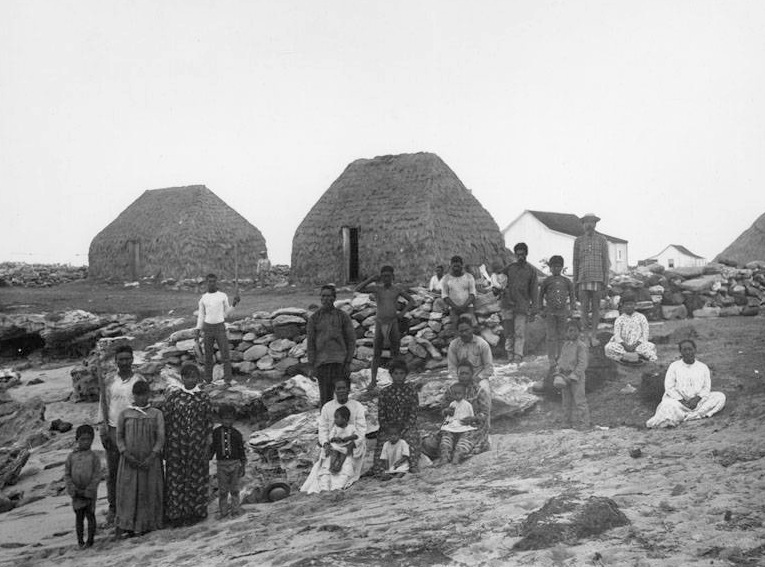
When Elizabeth Sinclair and her family arrived on the shores of Ni’ihau, some 1000 native Hawaiians were living there under the rule of King Kamehameha I, who sold their island to the white newcomers. Within a few years, more than two-thirds of the population had moved away. The exact number of indigenous inhabitants on Ni‘ihau today is unknown – a 2010 census accounts for 170 residents, while witnesses have said as little as 25 to 50 people, just five families, still live on the island. Like all Hawaiians, they are considered American citizens, but they also live on a private island, which means they must abide by the rules of the family who owns it. Such rules include abstaining from alcohol and cigarettes, which are banned on Ni’ihau. Men aren’t allowed to grow beards or have long hair (the reasoning for which is unclear). Residents are also not allowed to talk about Ni’ihau to the media and if they decide to leave the island for an extended period of time for any reason, they are considered outsiders and usually won’t be able to return. The task of policing the coming and going of islanders, among other things, has fallen to Bruce Robinson’s wife, Leiana Robinson. Despite being a native Hawaiian, born and raised on Ni’ihau, she runs a tight ship and makes sure islanders abide by the Robinson family rules. It’s maintained that these rules are in place to protect the villagers and their ancient traditions, as well as the island itself. All residents, including the Robinsons, speak a unique dialect of Hawaiian that was once spoken on Kauai before English became the official language. The average Ni’ihauan will have never met a foreign tourist. A WW2 barge delivers supplies, but Ni‘ihauans generally forage for food and grow their own crops, while meat from Ni‘ihau’s livestock is free (and any meat that safari guests do not take with them is given to the village).
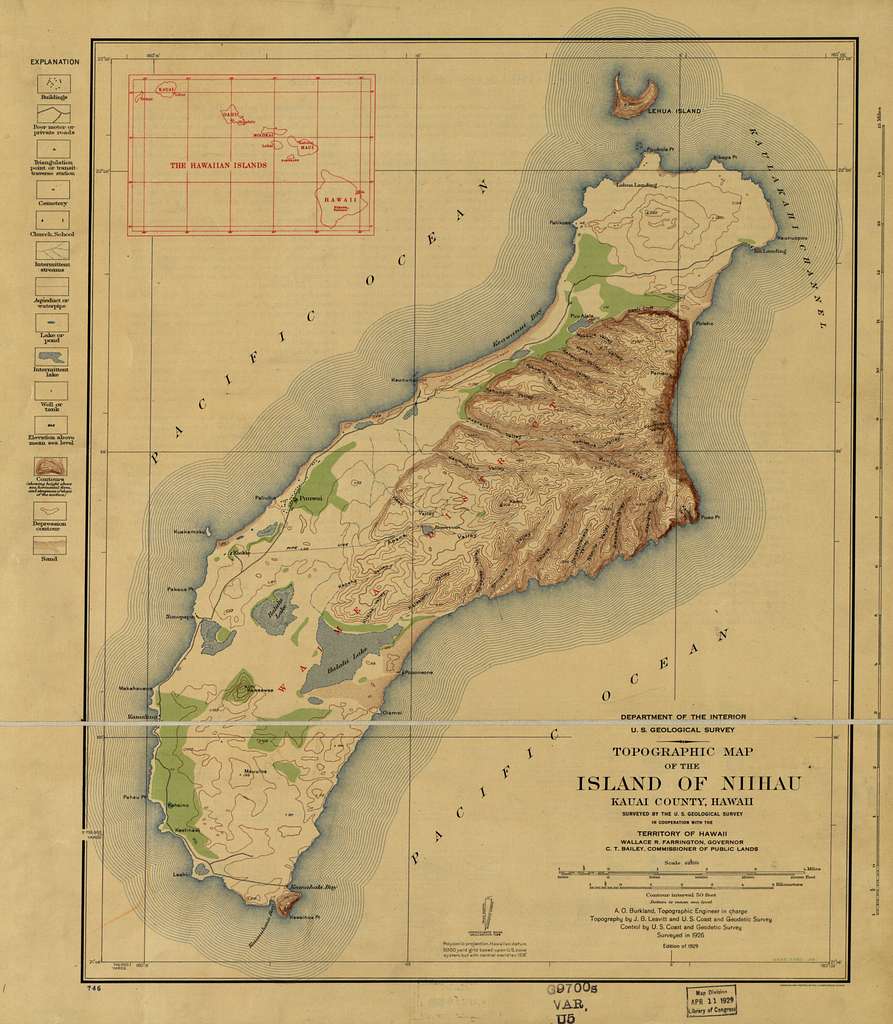
In exchange for the mixed bag of issues tourism and commercial development may bring to the area, the people of Ni‘ihau instead put up with what the Robinsons believe is the lesser of two evils – the US military. While no military personnel are permanently stationed on Ni’ihau, contracts with the Navy has allowed the island to be used for training special operations units, missile defence tests and tracking foreign missiles since 1924. The villagers are paid to maintain the US radar installations situated in the island’s hills, which rake in millions of dollars a year for the Ni‘ihauan economy, roughly 80% of the income. The islanders are in fact no strangers to confronting enemies of the US military.
Ni‘ihau has had a few notable rogue guests in its day, one of which was a stray Japanese pilot who accidentally landed on the island after participating in the attack on Pearl Harbor. The unsuspecting inhabitants, cut off from the outside world, gave him food and shelter and even threw a party for the pilot. Upon learning of the bombing, they detained the pilot, but he escaped and wreaked havoc on the island. In a tussle, he shot one of the inhabitants three times before being killed himself. The Hawaiian was subsequently awarded a Congressional Medal and Purple Heart and the story now the subject of a 2019 movie, Enemy Within.
The Robinsons are likely to never sell Ni‘ihau. Rumour has it that it was considered a possible location for the United Nations headquarters by President Roosevelt and that at some point, the family was offered up to $1 billion from the US government for the island. But for the descendants of Elizabeth Sinclair, who maintain it as a cultural and nature refuge where time stands still, Ni‘ihau remains priceless.
For more information about visiting Ni’ihau (via the Jurassic Park helicopter no less), the website is quite fittingly, an internet time capsule.


